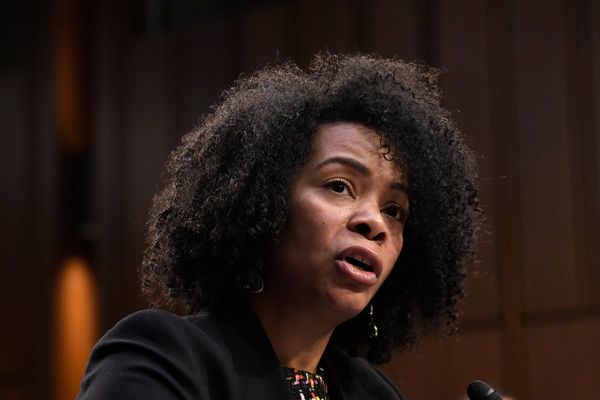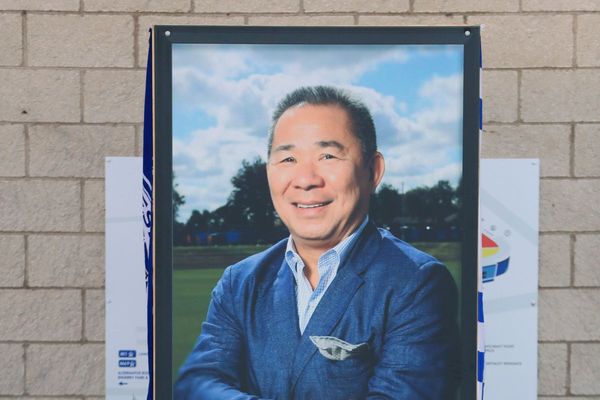West Australia's regional health services are struggling to fill a shortage of more than 100 doctors.
The Puntukurnu Aboriginal Medical Service has been two doctors short at its Newman clinic for months, leaving the clinic with half its usual GP workforce.
Chief executive Robby Chibawe says it is having an impact on chronic disease management.
"You're talking about not being able to see about 50 patients a day," he said.
"The only two doctors you have end up just basically managing the day-to-day cases that come and go, they don't have really time to look at the chronic disease management [or] integrated team arrangement.
"Over time, if you don't resolve this it really has a bigger impact on the health outcomes for our cohort, our people."
Doctors need understanding
Major recruitment agency Rural Health West was advertising 103 GP vacancies in September, with 34 of those vacancies considered high priority.
In the Midwest, Morawa's local clinic closed for several days in July because the town's only GP Adebola Adeiye could not find any locums.
Dr Adeiye said he had relied on doctors from nearby towns to fill in where possible while he was away.
"If you have to get a locum in a town like this you have to get a doctor that is passionate about rural practice, so a doctor from another rural town," he said.
"You're robbing that town of their doctor because they might be the only doctor there as well.
"If you want to get a doctor to a rural town it will be difficult to get a city doctor … usually it has to be a doctor that understands the dynamics of rural practice and is passionate about providing care to rural communities."
A national issue
Royal Australian College of GPs (RACGP) WA council member Brenda Murrison said the shortage was an existing problem made worse by the pandemic.
"There is a chronic shortage in regional, rural Australia and nationally. And there has been for at least 25 years that I'm aware of," she said.
"We haven't been producing enough GPs for decades, hence the use or the absolute reliance on international medical graduates."
Dr Murrison practices regionally in Bunbury and says limited financial and lifestyle opportunities are keeping doctors from country areas.
She said doctors tended to be on-call 24 hours a day and might also need to do hospital work.
"Country GPs are definitely overworked," she said.
Dr Murrison said low Medicare rebates was also a factor in attracting doctors to the specialty.
"I think if we can actually increase that Medicare rebate to the equivalent of what it was 10 years ago, 12 years ago, we would see recruitment and retention turn around and people actually move towards general practice," she said.
No doctor for Toodyay
In the Wheatbelt, Toodyay's only medical clinic will close its doors in November.
It is one of three run by the not-for-profit Wheatbelt Health Network.
Chief executive Catherine Milliner said the Toodyay practice would close to make more resources available for its Northam clinic.
She said the network was obligated to staff the Northam clinic as part of its funding arrangement with the federal GP Super Clinics program.
"I must get Northam up and running and then that will make it easier for me to look at other towns," she said.
Ms Miliner said she had used both Rural Health West and a private medical recruiter with no success for a year.
"In an attempt to help me recruit, I have actually taken over the lease of a property in Northam … but even that's not helping me at the moment," she said.
"We're competing with Margaret River, we're competing with the coast, we're also competing with the other suburbs of Perth now."
Toodyay Shire president Rosemary Madacsi said it would be difficult for the shire to find another GP service when the clinic closed.
"The provision of GPs is a federal responsibility," she said.
"But the very fact that rural communities struggle to get GPs … the pressure becomes on the local government to step up to the plate to provide those things that are attractive, to attract them.
"When, in actual fact, they shouldn't have to incur these costs."
George James, 79, has been a patient at the Toodyay clinic for 20 years and says he is disappointed by the closure.
"It's the nuisance factor when I've had such good service here," he said.
"It would make it a little bit more difficult for my wife and I tripping off to Northam – it all comes out as an expense."
Signs of hope
Dr Murrison says general practice may become more attractive as the RACGP begins delivering GP training in-house and through the establishment of the Strengthening Medicare Taskforce, which is investigating improvements to primary healthcare.
"There are signs of hope," she said.
"What we really need to do is [be] concentrating on the [doctor's] entire family moving out to these areas, and to make it worthwhile.
"When you finish up as a young doctor you have a lot of debt. If you were incentivised financially to go to country areas you'd have a far better success rate."
Federal Minister for Health Mark Butler says the current government is putting nearly $1 billion into general practice and Medicare.
He said this included $750 million in funding to support the Strengthening Medicare Taskforce recommendations and $220 million for the Strengthening Medicare GP Grants program.
He also said $146 million was also going into training and developing multidisciplinary care to attract and keep health workers in regional and rural Australia.







